The historical and natural sites of Angola extend from Luanda to the provinces. The capital features Fort São Miguel, the Iron Palace, and the Agostinho Neto Mausoleum. Geological formations include Miradouro da Lua and Kalandula Falls. Religious heritage includes the Christ King statue in Lubango and several historical churches. The coastline offers beaches like Mussulo and Santiago. Museums document local history, anthropology, and traditions.
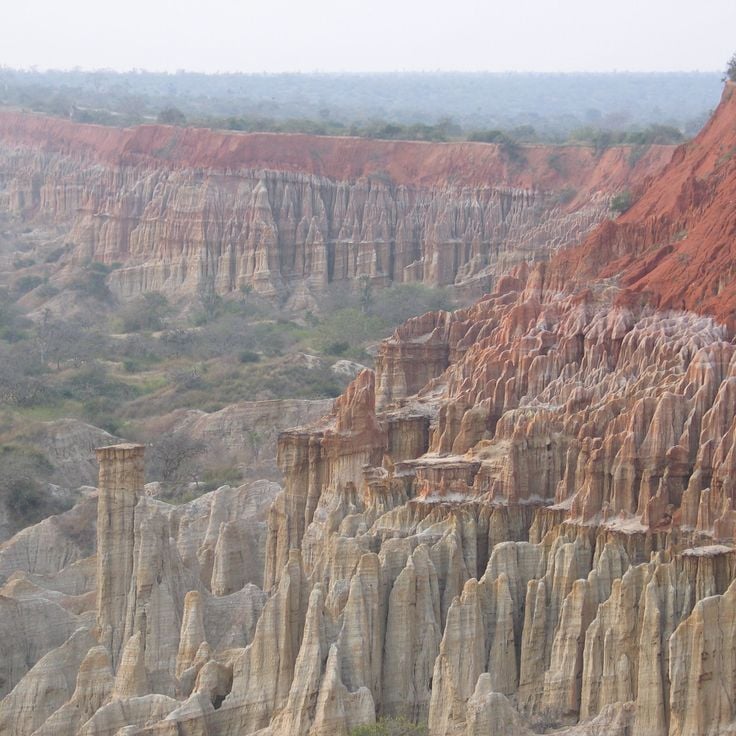
Luanda, Angola
Geological formation characterized by cliffs with striated and eroded reliefs, similar to the lunar surface.
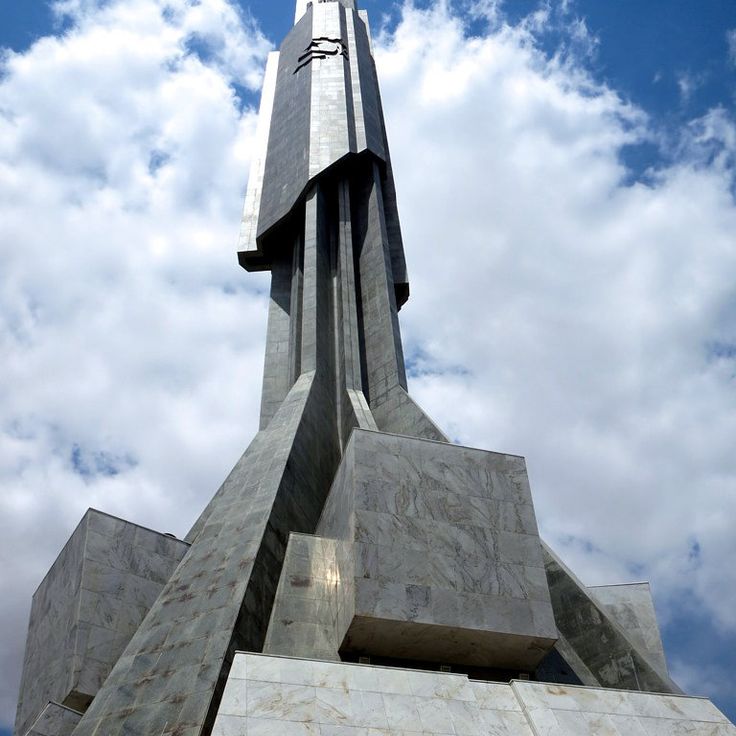
Luanda, Angola
Monumental structure 120 meters high built in 1982 to house the remains of Angola's first president.

Malanje, Angola
Waterfall on the Lucala River forming a curtain of water 107 meters high and 400 meters wide.
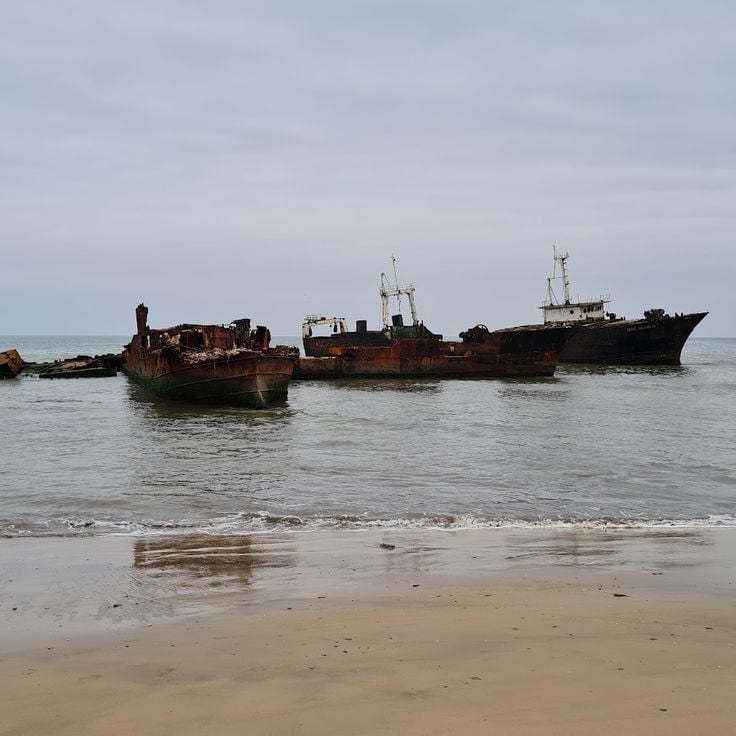
Luanda, Angola
Coastal area where dozens of abandoned and rusted ships rest, witnesses to Angola's maritime history.
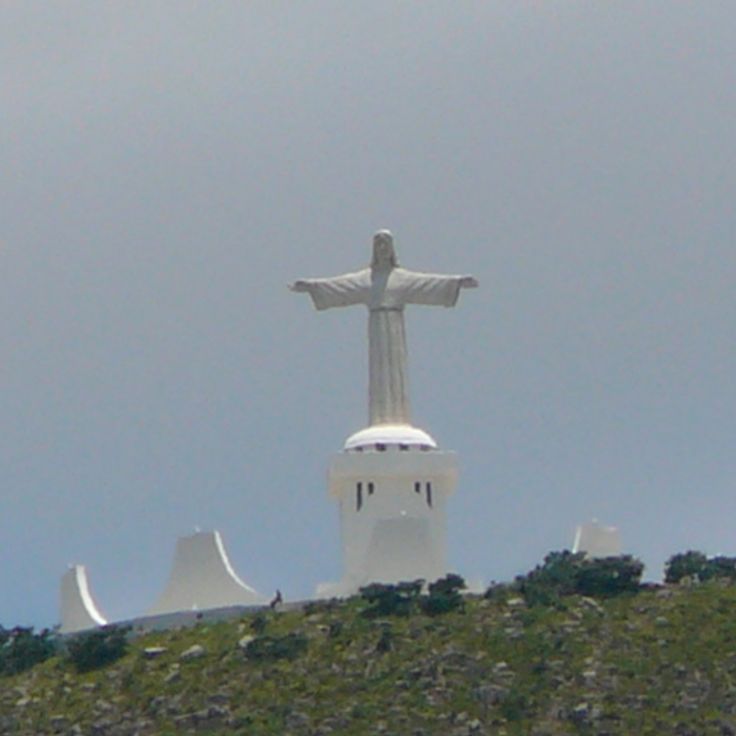
Lubango, Angola
This religious statue, 30 meters high, is located atop Mount Tundavala and has overlooked the city since 1957.
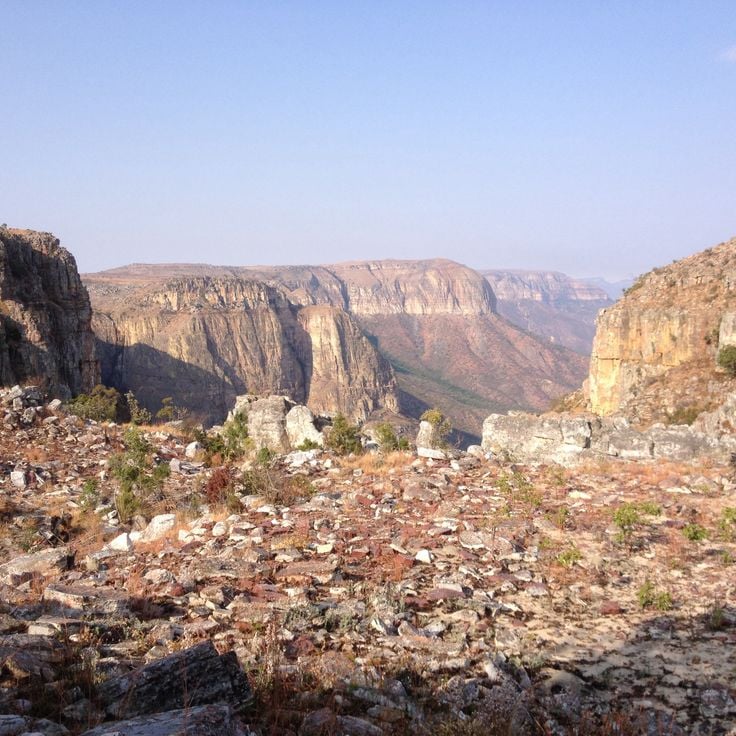
Huíla, Angola
Natural escarpment situated at 2200 meters altitude offering views over the Huíla province. The site features cliffs and rocks.
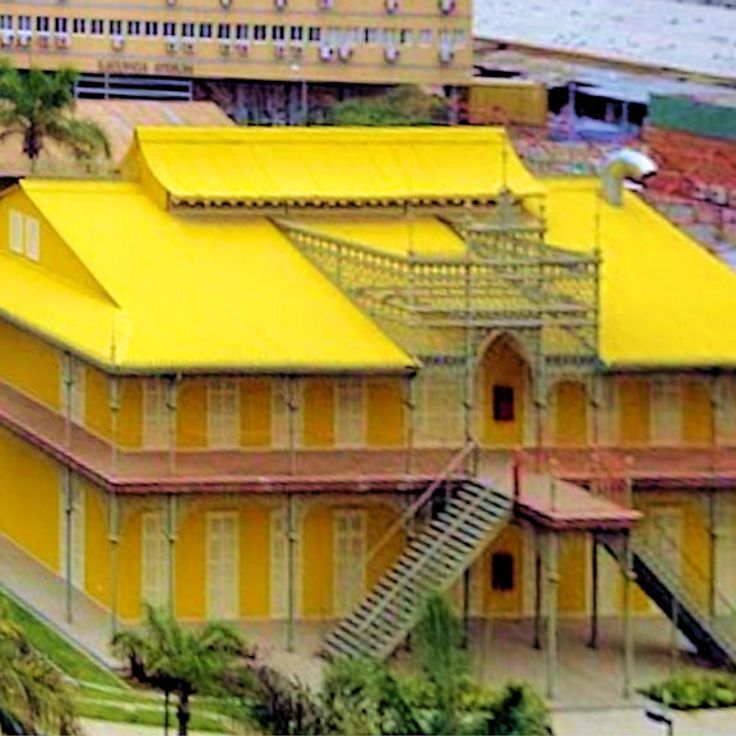
Luanda, Angola
Metal prefabricated building constructed in 1890, designed by Gustave Eiffel. The building hosts temporary and permanent exhibitions.
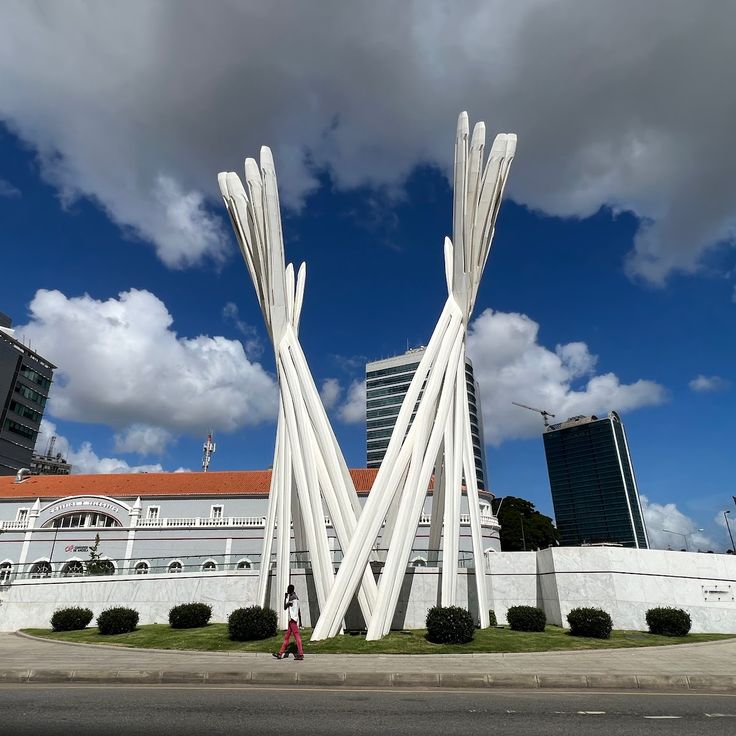
Luanda, Angola
Commemorative monument built in 1975 to honor soldiers who died during the independence war. It includes an eternal flame.
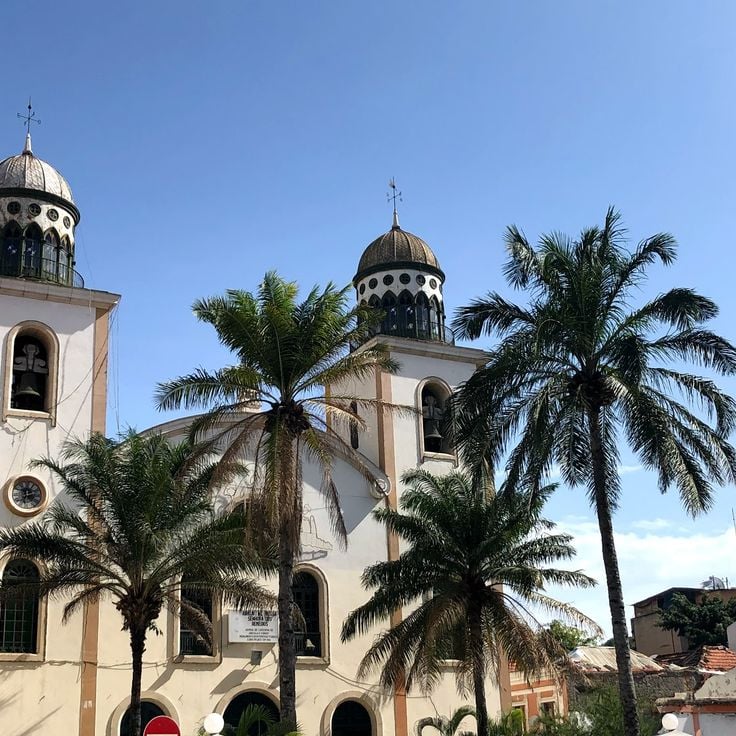
Luanda, Angola
This Catholic church, built in the 16th century, is the oldest in Angola. Its architecture mixes Portuguese and African styles.

Luanda, Angola
Portuguese military construction on a hill 100 meters high. The white walls and ramparts offer a view over Luanda Bay.
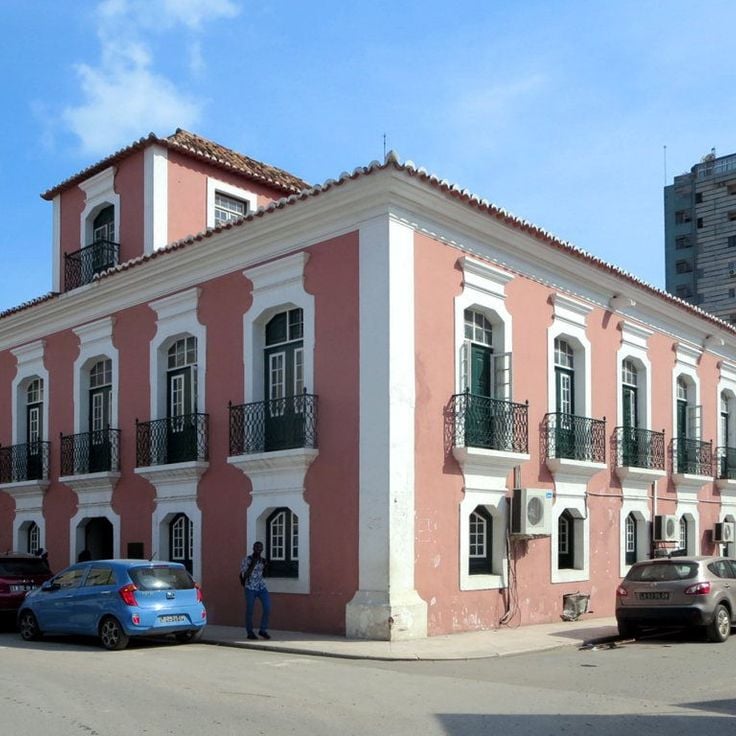
Luanda, Angola
Permanent collection of cultural objects, masks, and musical instruments from various regions of Angola, with an exhibition on local social practices.

Luanda, Angola
30-kilometer peninsula lined with palm trees and fish restaurants. Shallow waters allow for kitesurfing.
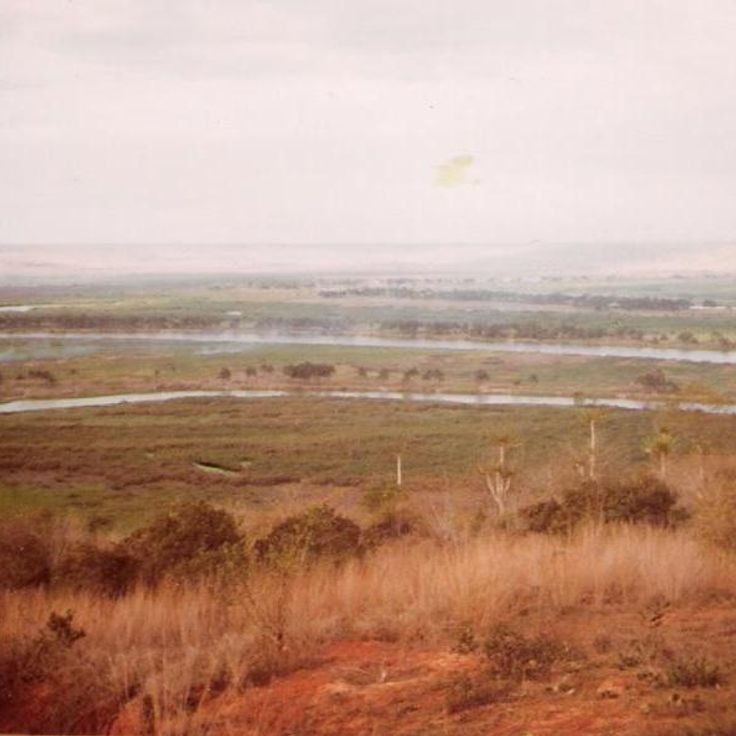
Luanda, Angola
Protected area of 9600 km² with elephants, antelopes, and buffaloes. The park has observation points near watering holes.
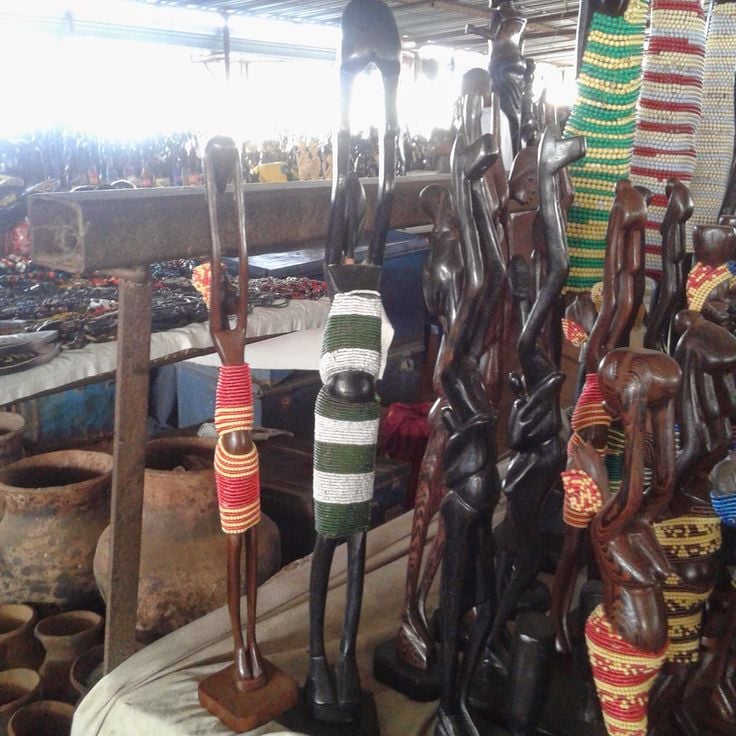
Luanda, Angola
Large popular market south of Luanda where vendors offer local products, fabrics, crafts, and antiques in covered aisles.
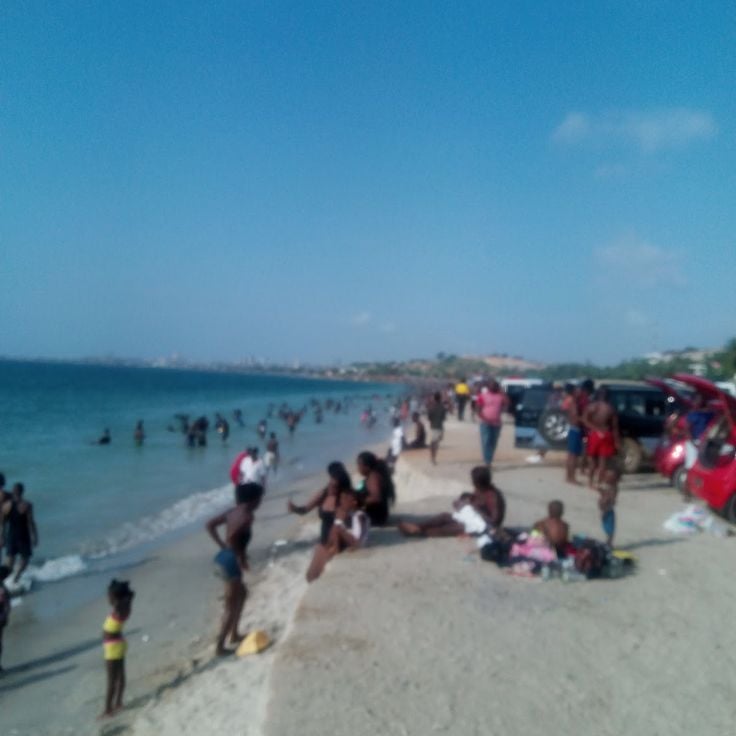
Luanda, Angola
Long stretch of sand in central Luanda, frequented by locals and tourists, with seafood restaurants.
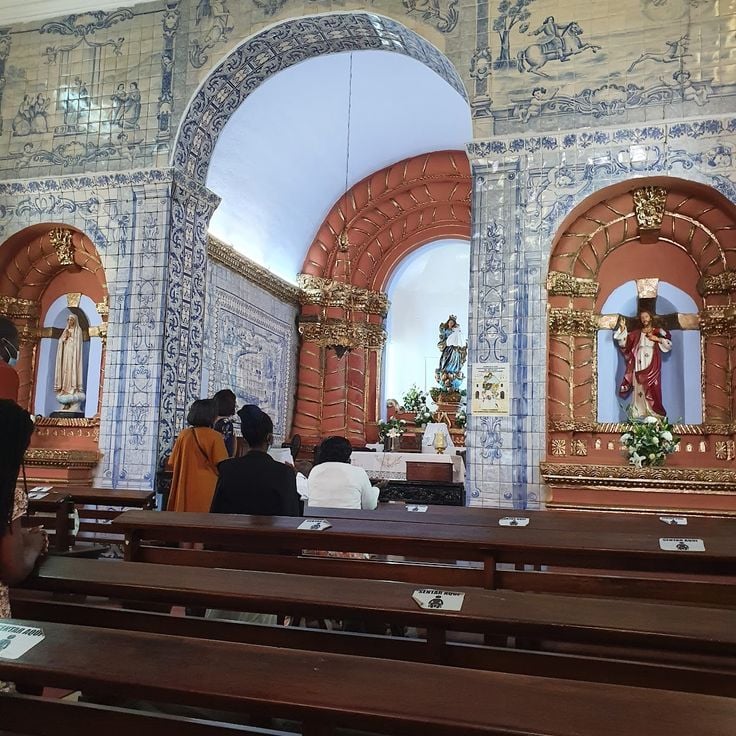
Luanda, Angola
Catholic church built in 1664 on a hill overlooking Luanda Bay, with Portuguese colonial architecture and regular ceremonies.
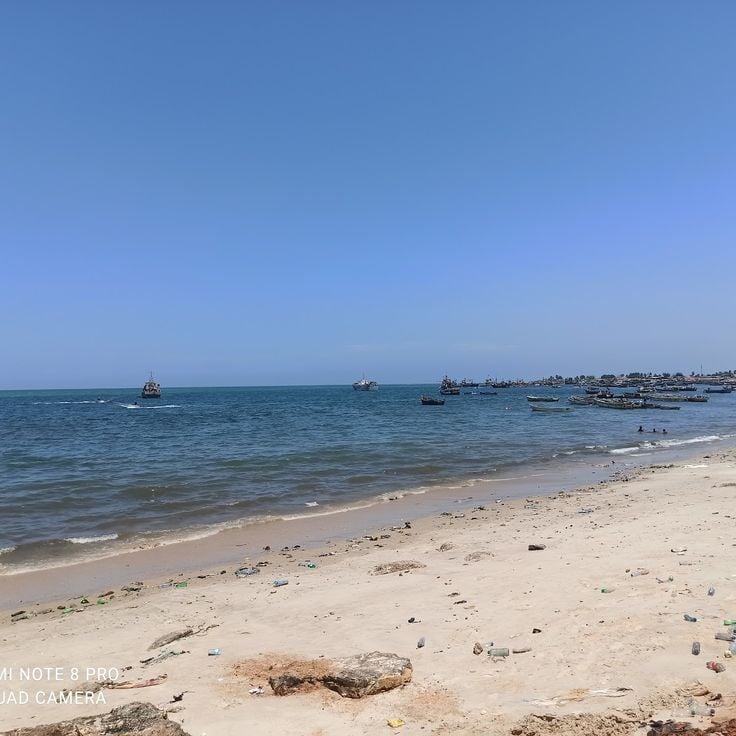
Luanda, Angola
Strip of sand located on the peninsula off Luanda, lined with hotels and nautical clubs with beach activities.

Malanje, Angola
Protected natural area of one million hectares where lions and leopards roam freely in savannas and forests.
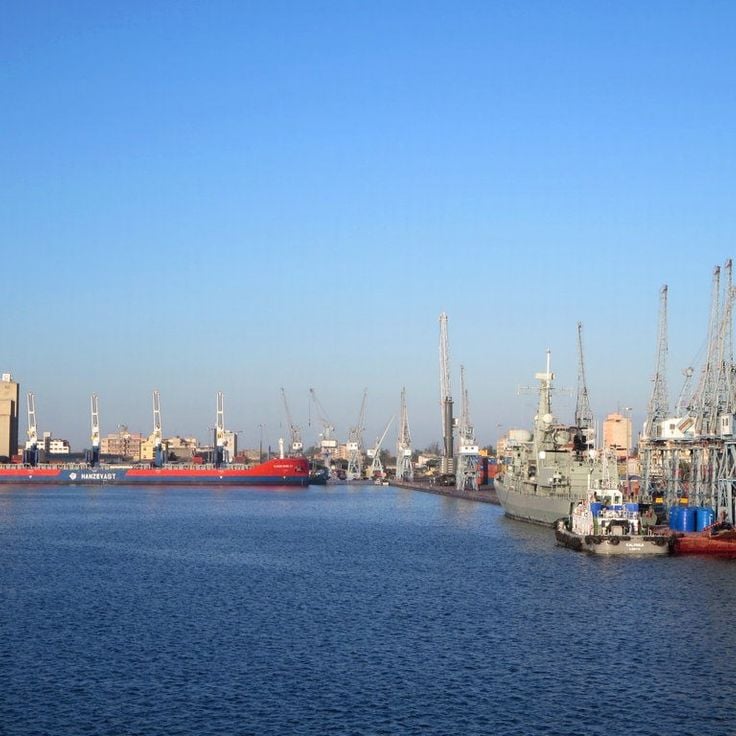
Lobito, Angola
Port facility built during the colonial period, with its deep-water quays and maritime warehouses.
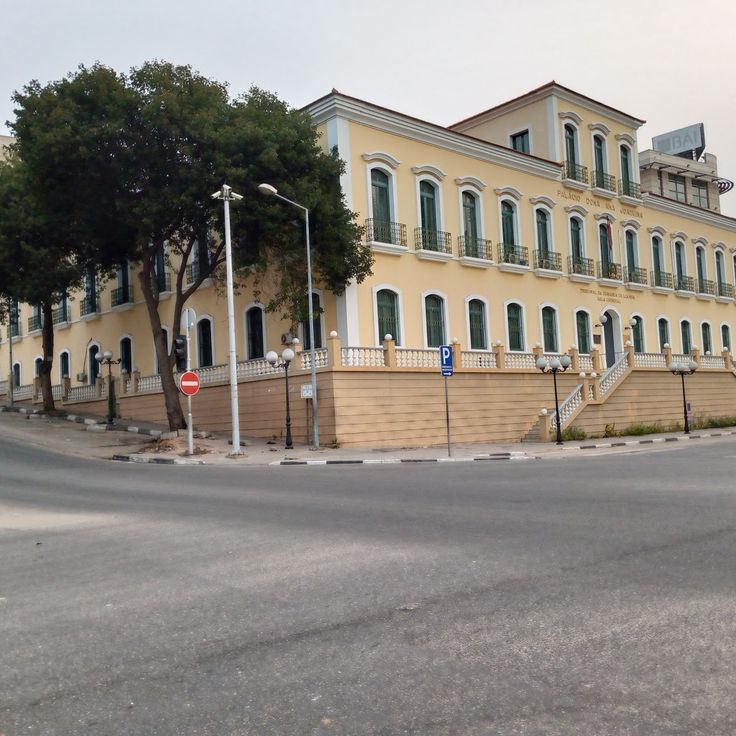
Luanda, Angola
17th-century construction converted into a criminal court, with its white façade and classical columns.
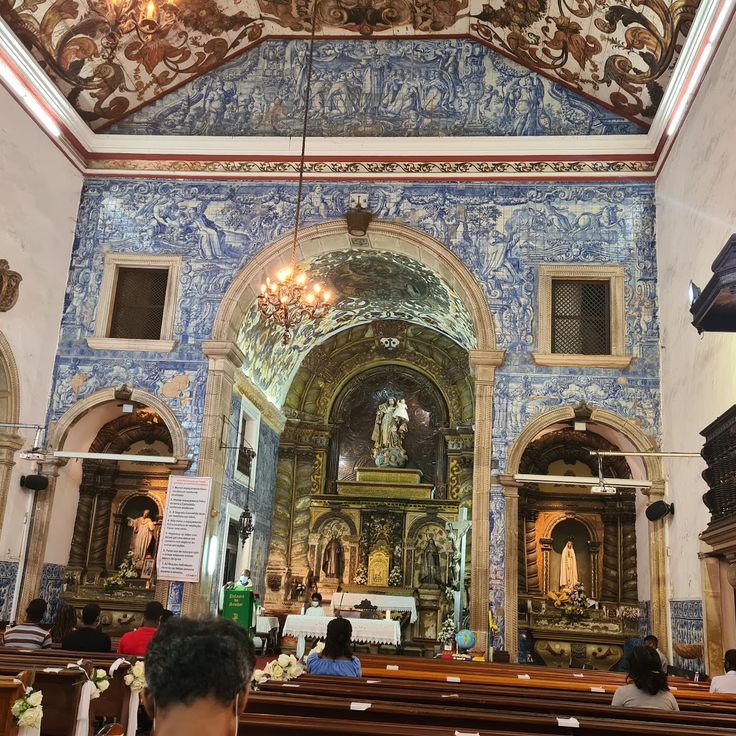
Luanda, Angola
Religious building dating back to the colonial era located in the lower city district with its characteristic bell tower.

Luanda, Angola
National museum presenting traditional Angolan objects, historical documents, and collections of local art from colonial times to the present day.
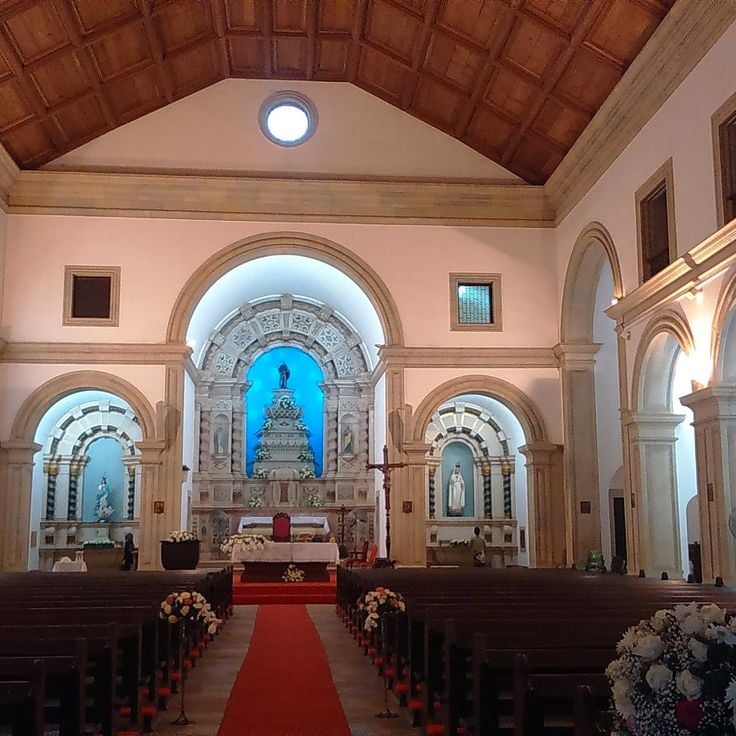
Luanda, Angola
Religious edifice built in the 17th century by Jesuit missionaries, with Portuguese baroque-style architecture and period interior decorations.
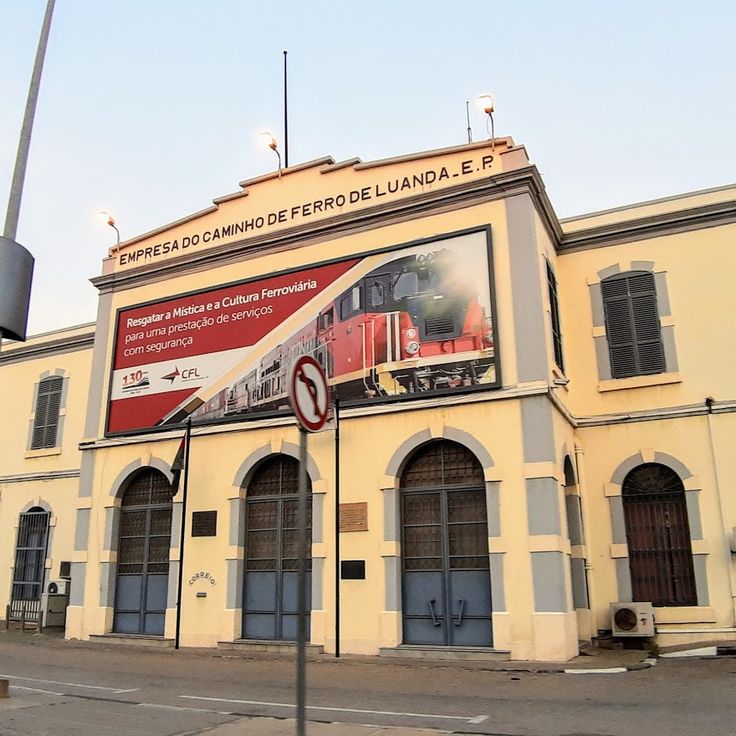
Luanda, Angola
Railway terminal inaugurated in 1888, starting point of the Luanda railway towards the country's interior, with its Portuguese colonial architecture.

Luanda, Angola
Pair of office buildings constructed in the 1950s, headquarters of the national oil company, located in the business center.
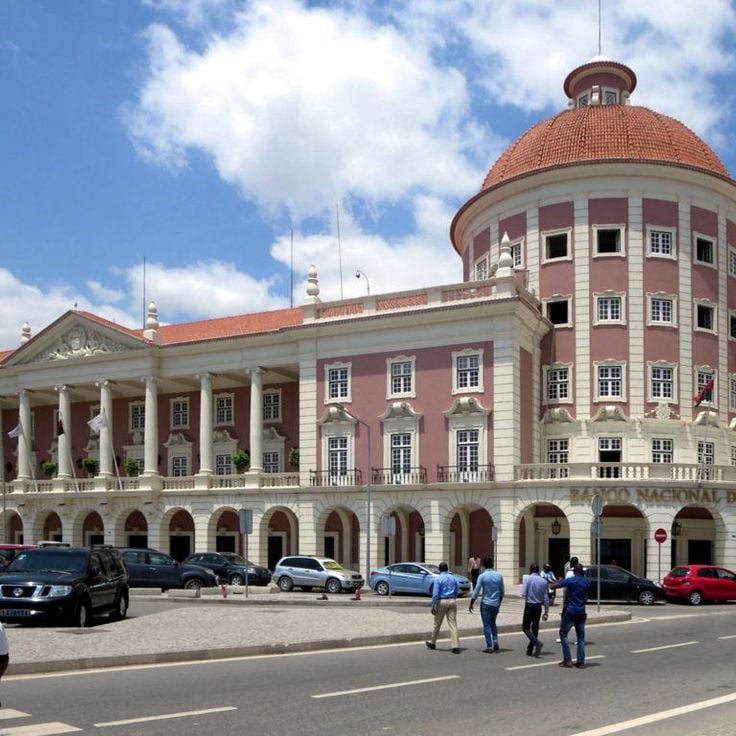
Luanda, Angola
Main financial institution housed in a neoclassical-style building constructed in 1956. The structure houses the headquarters of the Angolan central bank.

Namibe, Angola
Mountain road with 20 successive 180-degree turns built in 1970. It rises to 1845 meters in elevation and connects the desert to the Huíla province.
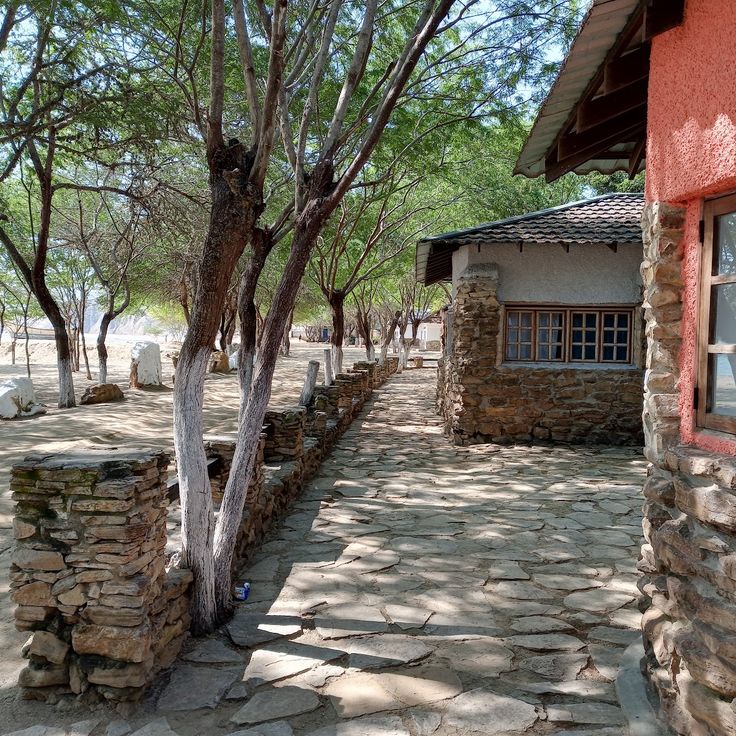
Luanda, Angola
Long beach with white sand bordered by palm trees and local restaurants located 70 kilometers south of Luanda on the Atlantic coast.

Luanda, Angola
Government seat built in 1950, managing urban development policies and territorial planning in Angola.
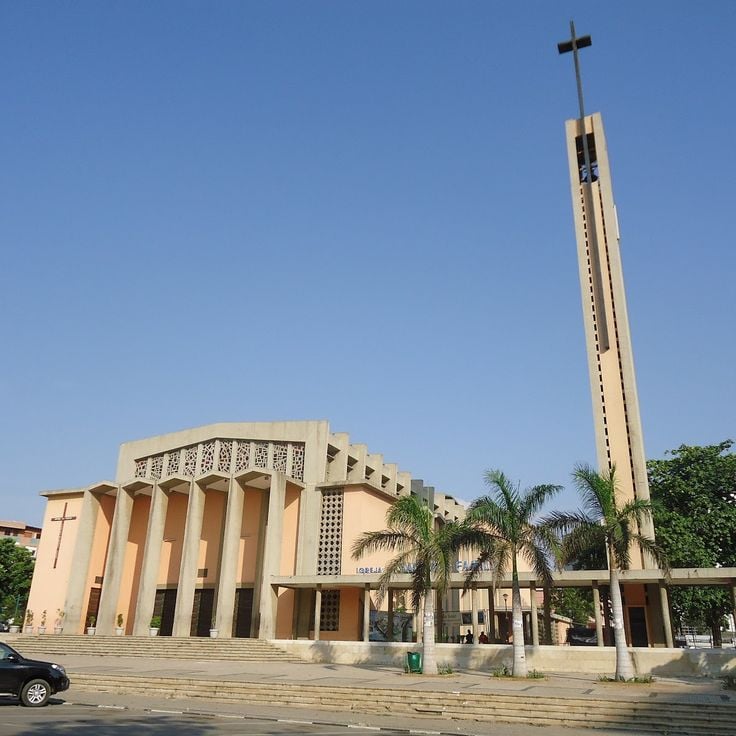
Luanda, Angola
Catholic temple built in 1964 serving as a place of worship for Luanda residents. The architecture combines modern and traditional elements.

Luanda, Angola
Institution located in Capela da Casa Grande presenting documents and objects related to the slave trade in Angola between the 15th and 19th centuries.